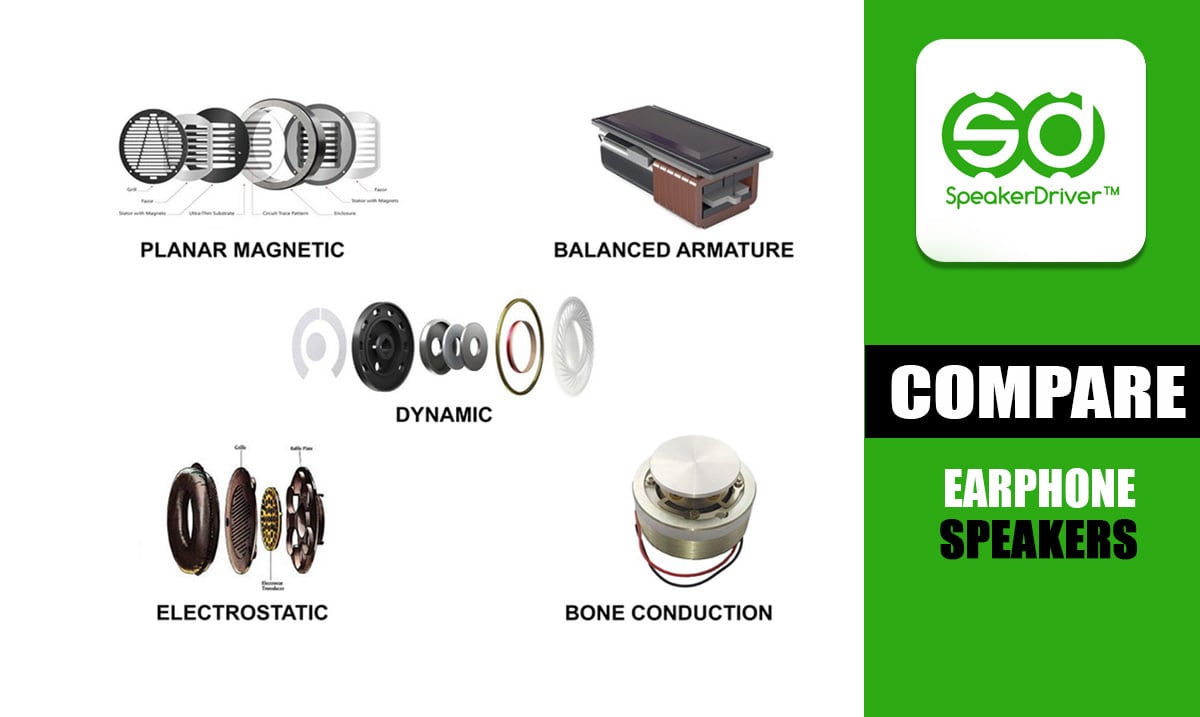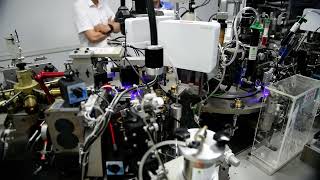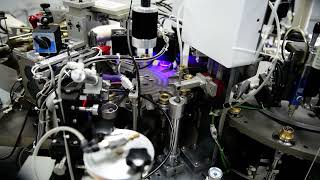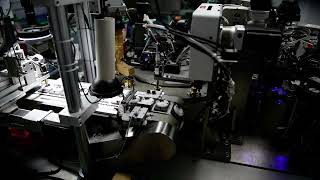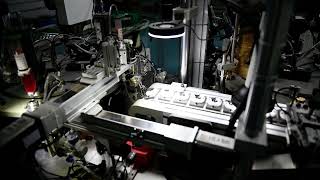Types of Earbuds Driver and Comparison
Earbuds, essential companions in our daily lives, owe their performance largely to the type of drivers they employ. Understanding these drivers is crucial for both manufacturers and consumers aiming for optimal audio experiences.
Types of Earbuds Driver
-
Dynamic Drivers(Moving Coil Drivers):
Dynamic drivers, also known as moving coil drivers, are the most prevalent in earbuds. They operate using a diaphragm attached to a voice coil within a magnetic field. When electrical signals pass through the coil, it moves, causing the diaphragm to vibrate and produce sound.
- Mechanism: Utilize a diaphragm attached to a voice coil within a magnetic field. When electrical signals pass through the coil, it moves, causing the diaphragm to vibrate and produce sound.
-
Characteristics:
- Size Range: Typically range from 8mm to 16mm in earbuds.
- Sound Profile: Known for robust bass and a warm sound signature.
- Efficiency: Generally efficient, requiring less power to deliver high volume levels.
- Consideration: While they offer strong bass, dynamic drivers can sometimes introduce distortion at higher volumes.
-
Balanced Armature Drivers:
Originally designed for hearing aids, balanced armature drivers are now extensively used in modern in-ear monitors. They consist of an armature that pivots within a magnetic field, directly driving the diaphragm.
- Mechanism: Consist of a reed suspended between two magnets. Variations in current cause the reed to move, driving the diaphragm and producing sound.
-
Characteristics:
- Size: Smaller than dynamic drivers, allowing for multiple drivers within a single earbud.
- Sound Profile: Provide precise and detailed sound, especially in mid and high frequencies.
- Consideration: May lack the deep bass response found in dynamic drivers.
-
Planar Magnetic Drivers:
Planar magnetic drivers feature a thin diaphragm embedded with conductive elements, positioned between two magnetic fields. When an electrical current passes through, the diaphragm vibrates, producing sound.
- Mechanism: Feature a thin diaphragm with embedded conductors placed between magnetic fields. When current passes through, the diaphragm moves uniformly, producing sound.
-
Characteristics:
- Sound Profile: Offer accurate sound reproduction with low distortion across a wide frequency range.
- Consideration: Typically larger and heavier, often found in over-ear headphones, though advancements have led to their incorporation in some in-ear monitors.
-
Electrostatic Drivers:
Electrostatic drivers utilize a thin, electrically charged diaphragm situated between two perforated metal plates (stators). The diaphragm moves in response to electrical signals, generating sound waves.
- Mechanism: Utilize a thin, electrically charged diaphragm suspended between two perforated metal plates (stators). An external amplifier supplies the necessary voltage, causing the diaphragm to move and produce sound.
-
Characteristics:
- Sound Profile: Deliver exceptionally clear and detailed audio with minimal distortion.
- Consideration: Require specialized amplification and are typically more expensive, making them less common in consumer earbuds.
-
Hybrid Drivers:
Hybrid configurations combine multiple driver types within a single earbud to leverage the strengths of each. A common pairing includes dynamic drivers for bass and balanced armature drivers for mid and high frequencies.
- Mechanism: Combine different driver types, commonly pairing dynamic drivers for bass with balanced armature drivers for mids and highs.
-
Characteristics:
- Sound Profile: Aim to leverage the strengths of each driver type, offering a balanced and comprehensive audio experience.
- Consideration: Designing effective hybrid systems can be complex and may increase the cost of the earbuds.
-
Bone Conduction Drivers:
Instead of using air to transmit sound, bone conduction drivers send vibrations directly through the skull bones to the inner ear.
- Mechanism: Uses vibrations to transmit sound through bones instead of the ear canal.
- Characteristics:
- Sound Profile: Ideal for hearing-impaired users and allows ambient sound awareness.
- Consideration: Lacks deep bass and overall sound fidelity.
-
Piezoelectric Drivers:
Utilize a piezoelectric material that bends when an electrical signal is applied, creating vibrations that produce sound.
- Mechanism: Uses piezoelectric material to create sound vibrations.
- Characteristics:
- Sound Profile: Delivers crisp treble with high durability.
- Consideration: Weak in bass and midrange frequencies.
-
Magnetostriction Drivers:
Similar to bone conduction, these drivers use magnetostrictive materials to create vibrations that travel through bone to the cochlea.
- Mechanism: Employs magnetostrictive materials to generate precise vibrations.
- Characteristics:
- Sound Profile: Highly efficient, delivering precise and clear audio.
- Consideration: Limited consumer application, mostly used in medical and military fields.
-
Air Motion Transformer (AMT) Drivers:
Use a folded diaphragm that moves air more efficiently compared to conventional diaphragms.
- Mechanism: Utilizes a folded diaphragm to move air more efficiently.
- Characteristics:
- Sound Profile: Fast response time with detailed highs.
- Consideration: Expensive and rare in earbuds.
-
Dual-Diaphragm Drivers:
Incorporates two diaphragms in a single driver unit, optimizing different frequency ranges.
- Mechanism: Uses two diaphragms to improve different sound ranges.
- Characteristics:
- Sound Profile: Balanced sound with enhanced midrange and treble.
- Consideration: Higher production costs make them more expensive.
Comparisons of Earbuds Driver
| Driver Type | Sound Profile | Strengths | Weaknesses | Common Usage |
|---|---|---|---|---|
| Dynamic Drivers | Warm sound with strong bass | Rich bass, cost-effective | Distortion at high volumes | General consumer earbuds |
| Balanced Armature | Clear mids and highs | Precise sound, compact size | Weak bass | In-ear monitors, professional use |
| Planar Magnetic | Detailed and accurate | Low distortion, wide frequency range | Bulky, expensive | High-end IEMs, audiophile earbuds |
| Electrostatic | Exceptionally clear and detailed | Low distortion, great soundstage | Requires amplification, costly | Premium audiophile earbuds |
| Hybrid | Balanced sound | Combines best of multiple drivers | Complex design, expensive | High-end consumer earbuds |
| Bone Conduction | Open-ear, situational awareness | Good for hearing-impaired users | Lacks bass, lower fidelity | Sports, safety-conscious use |
| Piezoelectric | Crisp treble | Durable, moisture-resistant | Weak mids and bass | Waterproof and rugged earbuds |
| Magnetostriction | High clarity | Power efficient, precise | Niche applications | Medical and military devices |
| Air Motion Transformer | Fast response, detailed highs | Great transient response | Expensive, rare in earbuds | Audiophile-grade in-ear devices |
| Dual-Diaphragm | Balanced with enhanced soundstage | Improved mids and highs | Higher production cost | Premium consumer earbuds |
Conclusion
The right earbud driver depends on sound preference and use. Dynamic drivers offer strong bass, while balanced armatures provide clarity. Planar magnetic, electrostatic, and hybrid drivers enhance fidelity but come at a premium. Innovations like bone conduction and piezoelectric cater to niche needs. As technology evolves, choosing the right driver ensures the best listening experience.
For top-quality drivers, consider partnering with SPEAKER DRIVER™️, a leader in innovative and reliable audio components.
